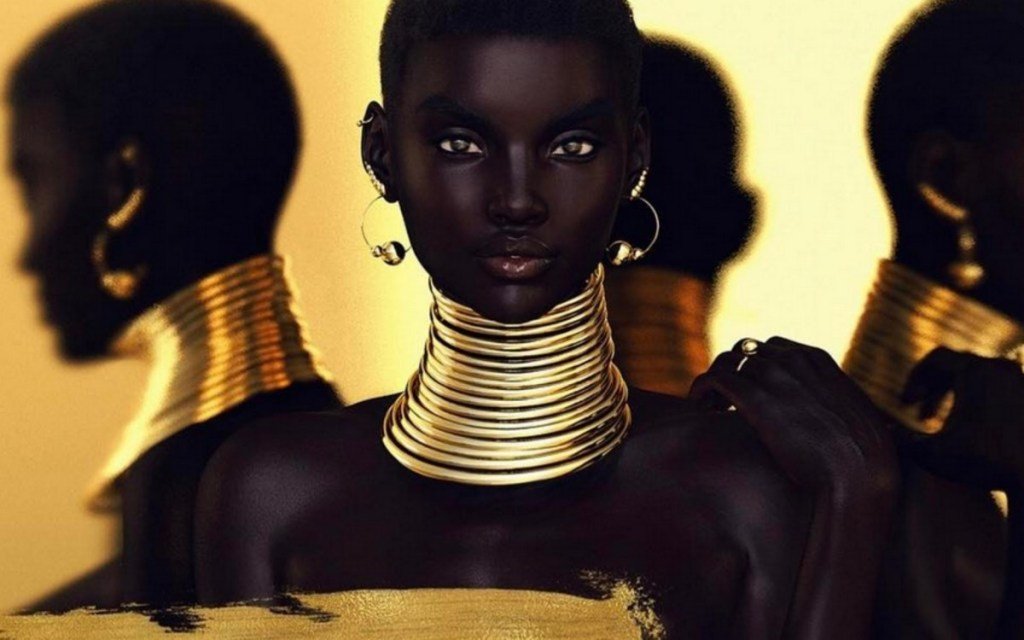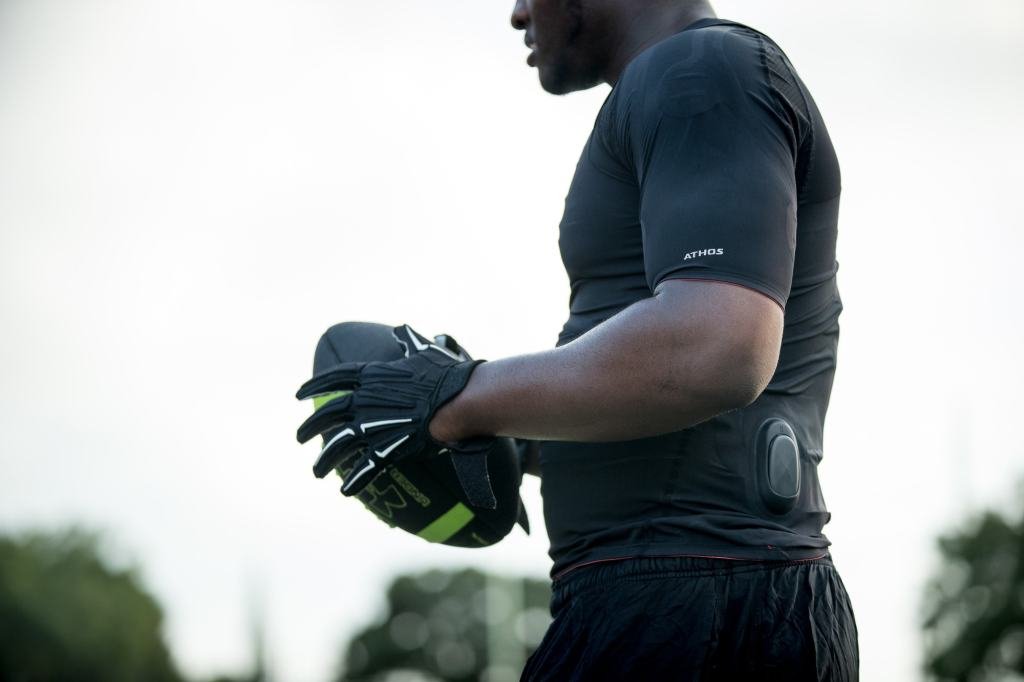Fashion Tech Trends for 2019 Set to Cause Disruption
2018 was an exciting year for fashion tech. Summing up the fashion industry in the 2019 Business of Fashion State of Fashion survey the top word that came to mind for industry execs was “Changing”. The second was “Digital” and the third, “Fast”. Luckily, changing, digital and fast are fashion technology’s key words.
The sector is growing at an exponential pace, with innovations adding tangible value to the fashion world. But as with all changes, careful consideration has to be made as to their repercussions. A good example is Shudu Gram (pictured below). A completely CGI model who looks stunningly lifelike and in 2018 she landed a contract with Fenty beauty. The only problem is that Shudu is dark skinned and living and breathing models of colour protested that it was hard enough to get booked without digital competition.
As well as headline-grabbing projects like Shudu, fashion tech has had a quieter impact on fashion too. Virtual reality has grown in usefulness, chatbots help customers choose what they want, companies are quietly looking to improve fit and comfort in their clothes and wearables are becoming ever more sophisticated.
So, moving forward into 2019, what can we expect to be the most disruptive fashion tech trends? Let’s take a look.
SMART CLOTHING AIDS THE DIGITAL HEALTH REVOLUTION
According to the CB Insight report, Tech Trends 2019, “Tech startups in 2019 will start to focus more on […] at- home kits. Companies are launching home kits for everything from sequencing the microbiome to DNA testing to check for health risks.”
This links into fashion tech in a big way. Consumers are looking to move away from health tracking accessories that they have to remember to strap on and are turning to fully integrated clothing that they’ll be wearing anyway. Key necessities are that it looks stylish and “normal”, i.e. not techy, futuristic or medical, but like a well-designed garment that fits seamlessly into any outfit.
Companies have been busy refining wearables for a whole range of sport, family, healthcare and leisure needs. Our
prediction is that 2019 is the year that we ditch the Fitbit for a shirt from Athos that detects heart rate and breathing (pictured below), but also senses which of your muscles are working (and lets you know how to use them more effectively), use heat-detecting socks by Siren Care to prevent diabetes and head to the beach in a UV sensitive bikini from Spinali Design.
DIGITALLY PERSONALISED TAILORING
The question of producing clothes which fit correctly has really come to the fore in the last few years. Existing systems feel very outdated and body-positivity campaigners are pointing out that it would be great if clothes actually fit the person, rather than the person trying to shrink to fit into the clothes. Our prediction is that major retailers will utilise data capture about consumer measurements to create better fitting, more flattering garments, and in this way reduce customer returns due to fit issues.
Japanese company Zozo was a big hit when it launched in the UK in summer 2018. Their high-tech yet playful bodysuit studded with polka dots is sent out on request for free, which when used in conjunction with Zozo’s app, takes over 400 measurements of the wearer to produce tailor made basics such as jeans and t shirts at a reasonable cost. The company has now revealed that it has gathered enough data from the millions of suits shipped worldwide that it now no longer needs them at all, relying on machine learning to provide consumers with the perfect fit instead.
VIRTUAL REALITY BOOSTS E-COMMERCE
In 2017, virtual reality became so mainstream that the Tate Modern included a VR reconstruction of Modigliani’s studio in its retrospect of the artist. The queues for the experience were huge. VR programming has improved in realism and largely eliminated many early glitches such as the headache-inducing slow refresh rate of its early headsets to become a very user-friendly interface with real implications for the fashion world.
In fact, on the whole, the easiest thing is to get rid of headsets altogether and simply view VR on a mobile or computer screen. The British Fashion Council filmed several of its 2018 catwalk shows in 360 degree VR, to try to give the experience of actually being on the front row.
As well as the heady atmosphere of a fashion show, companies are trying to recreate the experience of looking at and wearing clothes yourself. 3D reconstructions, like those from Change of Paradigm mean that instead of viewing five photos of a garment online along with perhaps a video, interested people can see it from any angle they choose and zoom in on fabric detail.
We predict more uptake for this in 2019, with the effect that companies can even better depict their offerings.
SOCIAL COMMERCE BRINGING YOU EVEN CLOSER TO THE CUSTOMER
Social media is a huge leisure occupation, and one which still feels like a benign way to catch up on what your friends are doing or look at amusing animal videos. Yet at the same time, we know in our hearts that that pet video is probably selling you something – even dogs are Instagram influencers now.
Given the rise in social media use year on year (current reports by Global Web Index suggest that it captures over 30% of online time) fashion companies have started to utilise platforms like Facebook to sell directly. Chatbots are on hand to facilitate the sale and respond in a way that’s often hard to distinguish from a human. They are often entertaining, using well-chosen emojis to convey response, but better than that they can be very helpful. Brands like H&M and Levis have programmed their chatbots to recommend the best fitting jeans for an individual or suggest a top to go with them.
Once the customer has shopped, the transaction remains entirely within the messenger function. The transaction concludes with the receipt and details being added to the message, rather than sent to email. Even users who do not buy directly from their mobile phones are not immune, as should you comment on a brand’s Instagram post with so much as a positive emoji, you can be sure that an algorithm such as cherrypick.ai will translate that into a sales email landing in your inbox.
A CRY FOR RADICAL TRANSPARENCY
Ongoing technology advancements originally caused the environmental problems of mass manufacture back in the industrial revolution, and now it’s up to technology to find solutions. Concerns about social responsibility, sustainability and transparency are a big topic for the fashion industry at the moment. There are many initiatives coming to fruition, such as far greater use of closed loop production systems which mean far less waste, garment cutting systems which are designed to waste less fabric, and clean textile dyes such as by SpinDye which don’t have such an impact on the environment.
Increasingly, consumers, who are far more likely to research products than ever before, are demanding to know whether companies are using these and methods which save the environment. According to the Business of Fashion’s State of Fashion 2019 report,
“Consumers [are] increasingly concerned about issues including fair labour, sustainable resourcing and the environment. Consumers want to support brands that are doing good in the world, with 66% willing to pay more for sustainable goods. Some 42% of millennials say they want to know what goes into products and how they are made before they buy, compared with 37% of Gen Z.”
This is where companies like Provenance comes in. Using an individual ID that can be linked on a website or printed on a label, shoppers can track the raw materials and processes involved in a finished garment, through a verified process. Savvy shoppers will then know that a company’s claim to be environmentally friendly are demonstrably true, rather than relying on vague green-washing. We predict that this level of transparency across the industry will only get amplified as the year unfolds for fashion tech trends.


